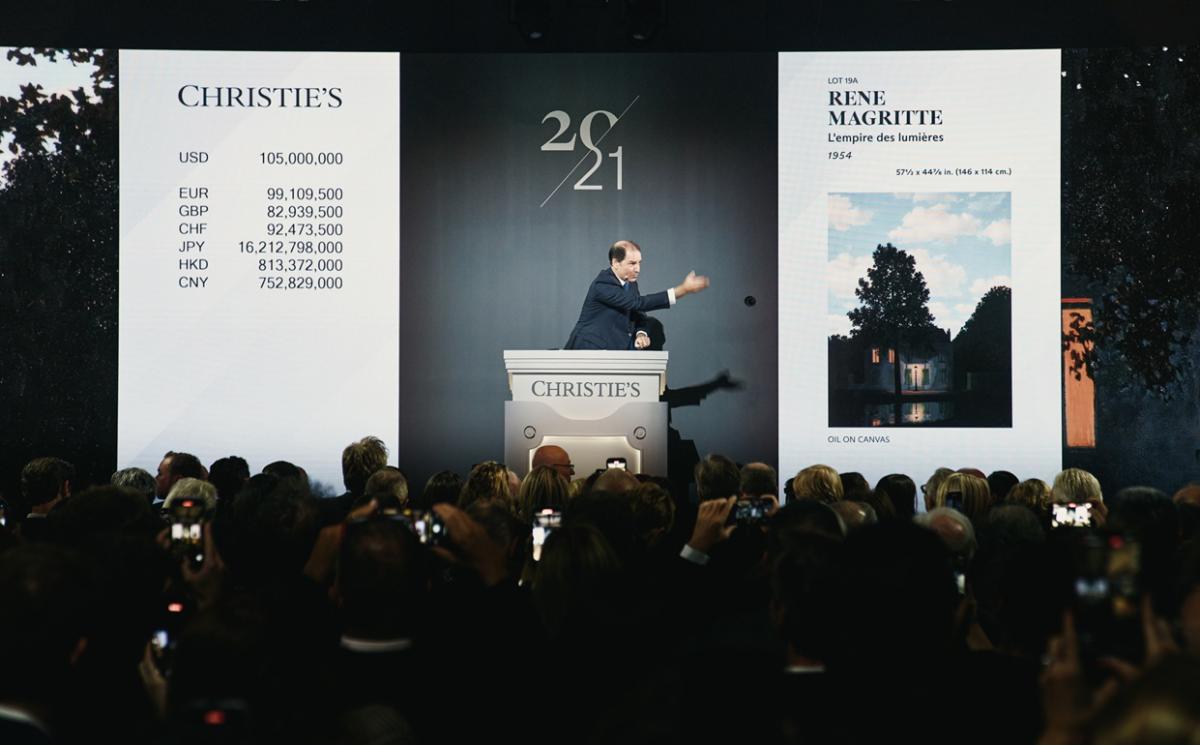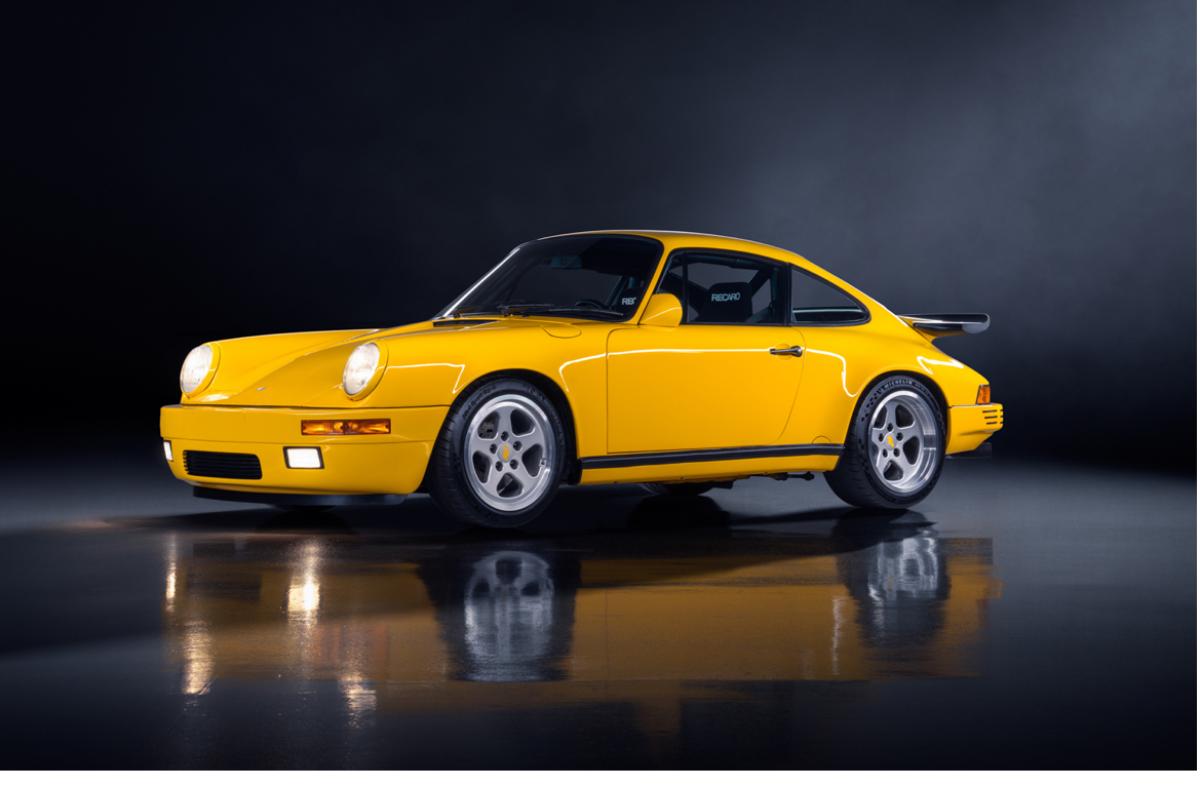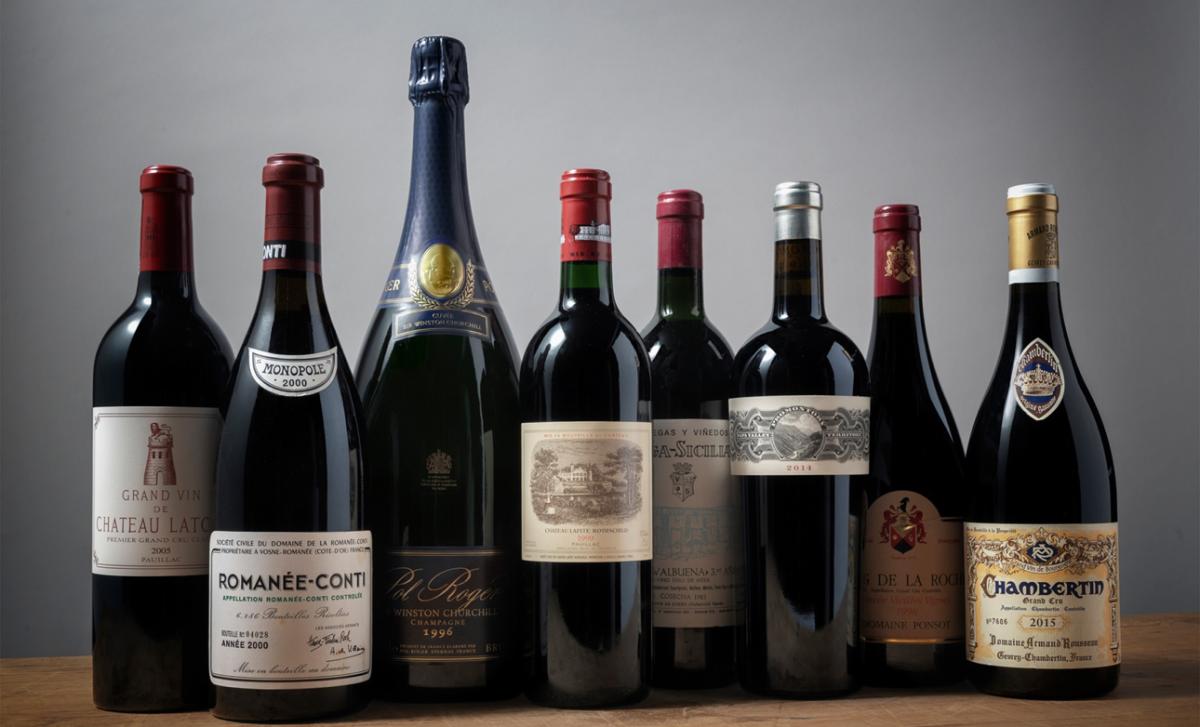





In the discreet corners of the world’s wealthiest enclaves—behind armored doors in Mayfair, beneath the sands of glitzy Dubai villas, or in glass-enclosed garages in the Hollywood Hills—a new form of luxury pulses: the curated obsession of billionaires. From collections of iconic Patek Philippe watches to bottles of Romanée-Conti older than their owners, the super-rich don’t just collect things—they embody their passions in spaces designed to glorify them.
For this group of people, collecting is not a fad or a pastime. It’s a philosophy of life, a symbol of belonging, and increasingly, a carefully calculated strategy. These are not just objects, but cultural markers, investment anchors, and mirrors of identity.
Welcome to the realm of high-end collecting—a world where aesthetics intertwine with economic acumen. Here, rare works of art, classic cars, iconic watches, and historic wines are not simply owned—they are displayed, preserved, and revered as contemporary artifacts. The homes of these collectors are not ordinary dwellings, but curated spaces built around the collections they hold, often resembling private museums more than residences.
The latest form of luxury in the world of billionaires is not simply the possession of something rare—it is its elevation into a cult. Today’s elite don’t just collect, they curate. Collections are becoming a concept of life around which the entire architecture of the home is built. The home is no longer the center of attention—it is the stage, and the star is the collection.
Architects and interior designers working for the wealthiest clients on the planet are creating spaces where every work of art, every bottle, watch, or car is presented with the same reverence with which exhibits are arranged in the world’s museums. Rotating sculptures in the garden, biometrically protected watch safes, museum lighting, climate-stabilized art vaults—all of these are now standard, not extras.
In a London penthouse, for example, the wine cellar is designed as a tasting gallery—with hand-blown Zalto glasses, chilled Krug champagne, and the perfect temperature for storing and displaying rare vintages. On the other side of the world, in the heart of Dubai, a desert villa hides a two-story underground art vault, more secure than most banks, where paintings worth millions are stored—in a precisely controlled temperature and humidity environment.
These are not just luxury homes, but private temples of aesthetics and obsession—places where objects are not only guarded but also revered.
In the world of the super-rich, the pursuit of rare and tangible assets continues to grow. It’s not just a desire for prestige, but a well-rounded combination of personal passion, cultural sensitivity, and strategic thinking. Today’s trophies are no longer just symbols of wealth—they’re a statement of taste, vision, and power.
Art remains at the heart of most major collections. Iconic names like Jean-Michel Basquiat, Rothko, and Banksy continue to dominate, but new favorites are gaining momentum, like Amoako Boafo—whose painterly portraits now hang alongside Warhol and Picasso. The demand for “museum-quality” works is driving auction prices to record highs. Meanwhile, digital art—not just NFTs, but high-resolution digital canvases in elegant frames—is now permanently on the walls of the most prestigious private galleries.
Wine combines sensory pleasure and investment appeal. Bottles of Domaine de la Romanée-Conti, Château Latour and Screaming Eagle are becoming trophies – especially when they come in impressive formats like Imperials and Balthazars. Wines intended for tastings are kept in easily accessible places, while investment vintages are stored in licensed wine cellars with precise climate control in Geneva or Singapore. More and more young ultra-rich people are entering the world of en primeur investing – buying wines before they are bottled, with an eye on long-term returns.
Watches have become movable assets with cultural value. Patek Philippe Grand Complications, vintage Rolex Daytona models and limited edition Richard Mille are now traded as works of art. Entire “watch walls” are being built in many homes – with rotating display cases, gallery lighting and biometric access. For some private equity firms and financial advisors, these mechanical masterpieces are treated with the same seriousness with which real estate portfolios are managed.
Cars are perhaps the most impressive part of modern collections. From a Ferrari 250 GTO to a Bugatti EB110, many of these machines are not even registered for sale. Their value lies in their impeccable preservation. The “gallery-as-a-garage” design trend includes glass floors, special lighting, climate control, and constant maintenance. Ultra-limited models from Koenigsegg and Pagani are treated like kinetic sculptures—not for driving, but for contemplation.
What’s behind this meticulous, almost ritualistic drive to collect rare objects? Behind the facade of luxury and precision lies a deeper human need—the quest for stability and meaning in a world that is increasingly fast-paced, impermanent, and digital.
“Collecting satisfies a need for permanence in an impermanent world,” says Dr. Isabelle Franck, a cultural psychologist and consultant to leading luxury brands. And indeed—for people who travel a lot and inhabit multiple homes, collections become personal anchors. They offer stability, identity, and silence amidst the global noise.
The motivation is different for everyone: some build collections with an heirloom in mind—to leave them to their children or to a museum. Others use the process of curation as an expression of control and order in a world that rarely offers either. For many, collections are a silent language of status—a Rothko or an untested DRC Magnum says more than any social media post. For some, it’s all about pure passion: the thrill of discovery, the pleasure of ownership, and the respect for the object itself as a cultural asset.
In this process emotion often goes hand in hand with strategic financial judgment. Billionaires’ collections don’t just adorn walls—they build capital. Many of these objects outperform traditional investments in terms of returns and sustainability.
Art has established itself as a serious asset class. According to UBS’s 2024 Art Market Report, artworks have outperformed the S&P 500 in returns over the past two decades. The legendary Patek Philippe Ref. 1518 sold for $11 million—more than a hundred times its original value. A 2019 Romanée-Conti case fetched $558,000 at a Sotheby’s auction, turning it into literal liquid gold. And classic Ferrari and Lamborghini models have increased in value by more than 250% in just ten years.
These possessions are sophisticated, but they are also smartly diversified portfolios. Investments you can wear on your wrist, sip in a Zalto glass, or contemplate under the spotlights of your own gallery.
The modern collector is young, connected, and inextricably woven into digital culture. They shop not in storefronts but through encrypted chat rooms. They buy watches via Instagram, invest in art through tokenized platforms with provenance on the blockchain, and trade cars in closed communities on WhatsApp and Signal. In their hands, collecting is becoming more than just a collection of things; it’s a dynamic experience.
Today’s private collections don’t gather dust behind locked doors. They’re lived. Wineries offer vertical tastings, car galleries become personal racetracks, and NFTs come to life on digital walls that respond to movement and voice. These are spaces where culture isn’t just stored—it’s lived in. Homes feel like living organisms: galleries, clubs, and temples of individual passion at once.
For this generation, interaction is more important than possession. Sharing, discussing, even performing the collection become an integral part of her life. In the world of the new billionaires, culture is not silent—it speaks loudly, in real time, to an audience.
But this level of passion also requires a serious investment—not just in the objects themselves, but in the very infrastructure that surrounds them.
A private, climate-controlled wine cellar with hand-hewn limestone cladding can cost between $400,000 and $2 million. A watch vault with biometric locking and motorized displays starts at $150,000. Museum-grade art protection systems, with humidity control and security, can cost up to $1 million. And “gallery garages” with rotating platforms, artificial lighting, and a car concierge start at $500,000. To maintain and develop all this, curators and consultants are hired, whose annual fees range from $50,000 to $250,000.
Obsession comes at a price, and it’s high—not just in numbers but in dedication.
For those at the top of the world’s wealth ladder, collecting becomes an act of authorship. It’s not just possession—it’s a story. A story made up of objects that outlast the noise of the market and the vanity of the present.
Whether it’s an auction-winning Daytona displayed in a glass cube or a tasting of eight vintages of Romanée-Conti under a limestone vault, these actions are thoughtful gestures—intimate expressions of taste, thought, and cultural impact.
These homes are not just places to live. They are messages—architectural self-portraits of their owners. Symbols of aesthetics, power and the pursuit of eternity. Because when money doesn't limit choice, what you surround yourself with becomes your voice. And in that silence—in the faint ticking of a rare Patek Philippe or the deep echo of a precious bottle of Bordeaux—the collector's voice is heard clearly and never falls silent.
Photos: Courtesy of Christie’s, Gooding & Company, Scot Amundson, Mansion Global.